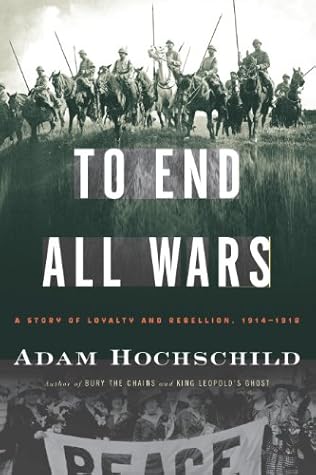More on this book
Community
Kindle Notes & Highlights
Read between
June 4 - June 10, 2019
Britain’s wars, the jubilant victors at Omdurman expected, would continue to be just such lopsided victories—or massacres, as a dissenter like Charlotte Despard might say—against poorly armed Arabs, Africans, and Asians. This assumption, and the confidence that weapons like the Maxim gun would always give Britain superiority, underlay a sort of ecstasy about battle that shines through the writing of this period. Lord Wolseley, army commander in chief at the time of Omdurman, wrote of “the rapture-giving delight which the attack upon an enemy affords. I cannot analyse nor weigh, nor can I
...more
British officers talked of combat as so much sport. Men ordered to advance against Boer positions, called “beaters,” were to flush the quarry from their hiding places as in pheasant hunting. A captain in the Imperial Yeomanry declared that chasing Boer horsemen across the veldt was “just like a good fox hunt.” The first British commanding general in South Africa, the paunchy, double-chinned Sir Redvers Buller, ordered his soldiers not to be unsportsmanlike “jack-in-boxes” who ducked after standing up to fire their rifles. The war, however, failed to unroll like the good hunt it was supposed to
...more
On February 15, 1900, French’s scouts finished reconnoitering the last enemy stronghold between his troops and the besieged Kimberley, fortified positions held by some 900 Boer soldiers on two ridges about three-quarters of a mile apart. Then, surrounded by snorting horses, the jangle and creak of boots and spurs, and the smell of saddle leather, the impetuous general gave the order that all cavalrymen dreamed of: Charge! Successive waves of shouting British troopers in tall sun helmets galloped up the gently rising valley between the two ridges: first the lancers with pennants flying, their
...more
This highlight has been truncated due to consecutive passage length restrictions.
“I am thoroughly satisfied from what I have seen in South Africa that the necessity of training cavalry to charge is as great as it was in the days of Napoleon.” In print, Haig attacked a skeptic who dared question the usefulness of a cavalry charge in the age of the machine gun and the repeating rifle. It was as strong a tactic as ever, Haig was certain, since the “moral factor of an apparently irresistible force, coming on at highest speed . . . affects the nerves and aim of the . . . rifleman.” The horse, after all, had been central to warfare since the earliest recorded history, a position
...more
Haig then returned to his current post as inspector general of cavalry in India. As he traveled about the subcontinent in a special railway car, every crease and campaign ribbon in place on his uniform, he established a new cavalry school and pushed the Indian mounted regiments through a rigorous training schedule, including mock combat designed to mimic the great cavalry battle that, military theorists agreed, would open the next war. In his 1907 book, Cavalry Studies, Haig declared that “the role of Cavalry on the battlefield will always go on increasing,” thanks, in part, to “the
...more


